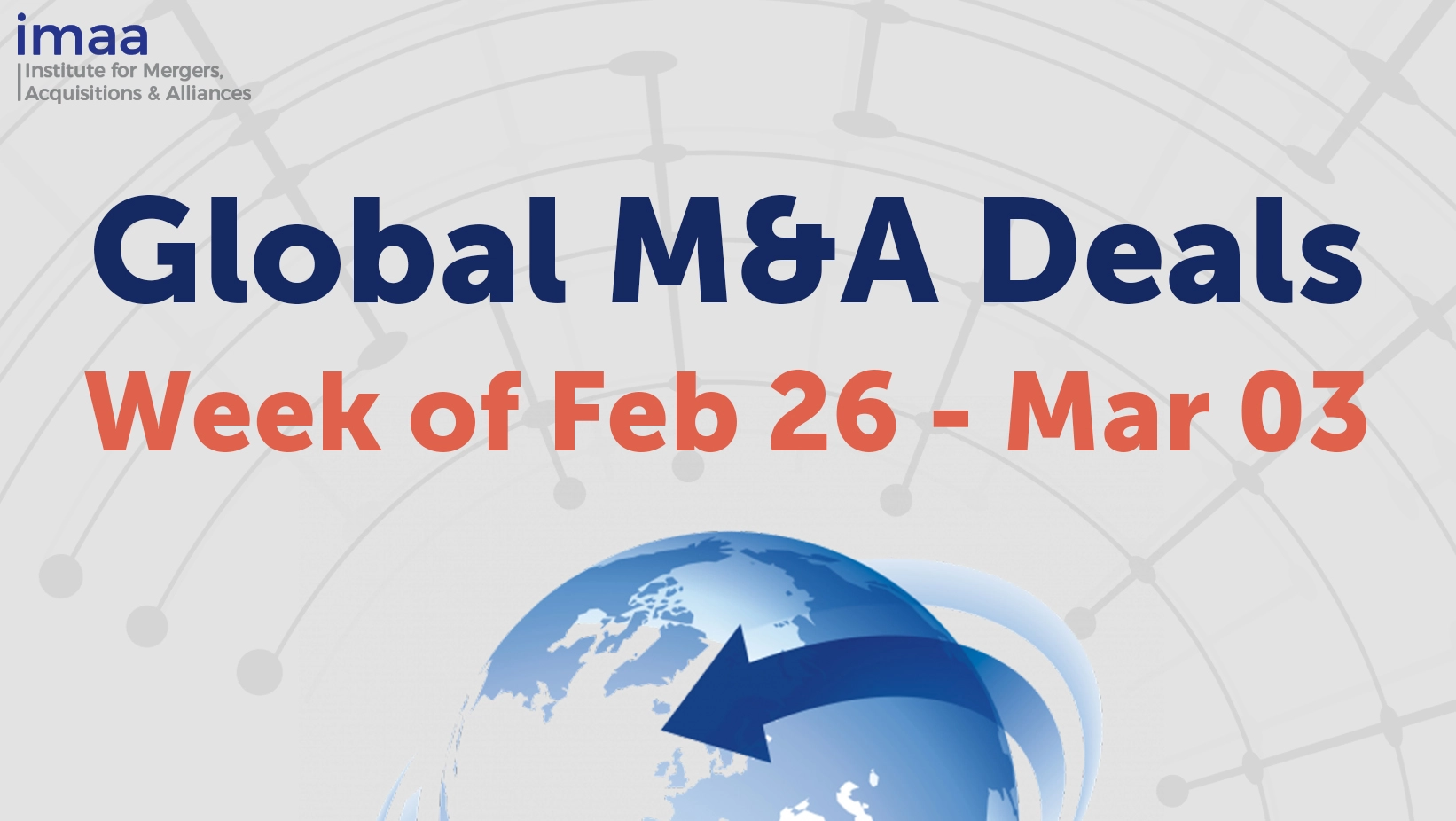
By Charles F. Kalmbach – Accenture
Last year witnessed the greatest rush of merger and acquisition activity in history. The number of deals averaged 200 per week, the highest ever. The total dollar value of mergers reached $2.5 trillion, more than double the previous record. The year contained a high number of heavyweight matches, producing the seven largest deals in history, including Exxon-Mobil, Travelers-Citicorp, and others that left the mouths of spectators agape.
While deal volumes and values make for happy investment bankers, consolidation presents serious challenges to executives. Accenture recently completed a survey of 100 senior executives involved in acquisitions valued at $500 million or more that closed between 1993 and 1998. The research showed that only 66 percent of acquisitions met the initial financial and strategic expectations of the corporate parents, and a mere 12 percent became true high performers.
Facing high stakes and long odds, companies considering mergers are looking for practical tools and insights into the merger and acquisition process — anything to raise performance. One survey finding was that companies need to tailor their post-merger integration approach to reflect the character of the deal.
Three kinds of deals
Not every acquisition is the same. Apart from traditional deals driven by economies of scale, mergers and acquisitions today can be sorted into three broad types:
1. Skill deals. Skill-driven acquisitions are undertaken primarily to gain new technologies or know-how. Recent skill deals include America Online – Netscape and DuPont-Pioneer HiBred. About 30 percent of survey respondents had undertaken deals to acquire skills.
2. Cross-border deals. Acquisitions made outside of one‘s own geographic borders are generally made to give greater global scope or scale. The recent Thyssen-Krupp merger in automotive components, for example, brought together Thyssen’s Budd unit, a US company with most of its manufacturing operations across North America, Britain, and Germany, with Krupp’s unit, which is strong in South America, France, and other parts of continental Europe. Another 30 percent of survey respondents had undertaken cross-border deals to achieve greater global power.
3. Cross-industry deals. Acquisitions made outside one‘s own industry are now often undertaken to redefine the business. Amazon.com made such a deal when it bought an online auction business, broadening its business definition beyond books. In the same spirit, banks are buying software companies and insurance houses to position themselves for a world of electronic commerce and integrated financial services. Chemical companies are expanding their scientific reach by acquiring pharmaceutical and agricultural biotech companies. Cross-industry deals today are not aimed to achieve a diversified portfolio, but rather to move into converging or immediately adjacent industries. About 40 percent of our survey respondents had taken part in cross-industry deals.
Tailoring integration to deal type
The survey shows that success is most likely when the approach to post-merger integration was tailored to the type of deal. How did the most successful survey respondents plan and carry out integration?
Skill deals: focus on people
A skill deal will only be successful if key people are retained. As John Chambers, chief executive officer of Cisco Systems, noted: “In our industry, you are acquiring people . . . We pay between $500,000 and $2 million per person in an acquisition, which is a lot. So you can understand that if you don‘t keep the people, you’ve done a tremendous disservice to your shareholders and customers.”
Survey results showed that skill deal winners tend to:
• Defer integration planning until after the deal is completed. This seems to be necessary because human resources issues are the hardest for companies to understand without close and repeated contact with the acquired company and its people, which can only occur after the merger has occurred.
• Perform a detailed cultural assessment. Undertake an assessment of both the acquired company and the acquirer to better plan cultural integration.
• Recognize that employees can be “key“ for one of two reasons, and must be motivated differently. Some employees are absolutely vital to the long-term future of the organization. Perhaps because they are also likely to be mobile and in demand elsewhere, they will assess the merger for its impact on their own status and prospects. Winners in the survey spent extra effort persuading these stars that they would have the resources necessary to advance their innovations and products, and that they would have more effective support — administration, customer service, etc. — than if the company had remained independent. Other employees are important primarily during the transition itself, to manage processes, provide continuity with customers, and so forth. For these employees, money can make all the difference and winners spend generously.
Cross-border deals: Stress strategy and leadership
Cross-border deals present cultural challenges and require that leaders exert their influence over a broad geographic expanse without necessarily being there in person. Winners in cross-border deals tend to:
• Spend extra effort on strategy formulation. When consolidating across borders, companies need more time to refine and confirm assumptions (consumer preferences, competitor strengths and reactions, regulatory environment, etc.). They also look for value beyond cost reduction (which may be limited by different countries ‘ legislative restrictions and tax codes),such as through added products, supplier leverage, or distribution channels.
• Integrate top management quickly. Winners in cross-border deals use a “big bang” approach to leadership consolidation, putting forward a new leader slate quickly (almost always within the first six months) and in a single move rather than through iterative announcements.
• Put in place a structure to support cross-border leadership. Cross-border winners tend to have a full-time and experienced integration director and team, to use a corporate integration methodology, to consolidate financial reporting (a crucial element of remote leadership and control),and to spell out a few core principles to steer the integration.
Cross-industry deals: Stay flexible
A cross-industry deal differs from most other acquisitions, which are essentially takeovers of one industry player by another, stronger player in the same industry. Cross-industry deals are more like marriages of adjoining but different businesses, intended to produce a new and more comprehensive business entity. Success in cross-industry deals requires flexibility. Winners tend to:
• Modify their integration approach overtime. Winners often plan their integration early, during deal making or even strategy planning. Then, however, they are twice as likely as same-industry winners to adjust their plan midstream.
• Pick and choose best practices. Cross-industry deals seldom entail a highly successful company taking over a less successful one. Blending two companies from different businesses makes choosing best practices more challenging: companies often must select between relevant and irrelevant, combining business pieces and practices in unexpected ways to deliver a new value proposition. This naturally demands a more fluid approach.
In post-merger integration, one size does not fit all. Companies can improve their odds of success by adapting their approach to integration to fit the type of merger they are undertaking.






